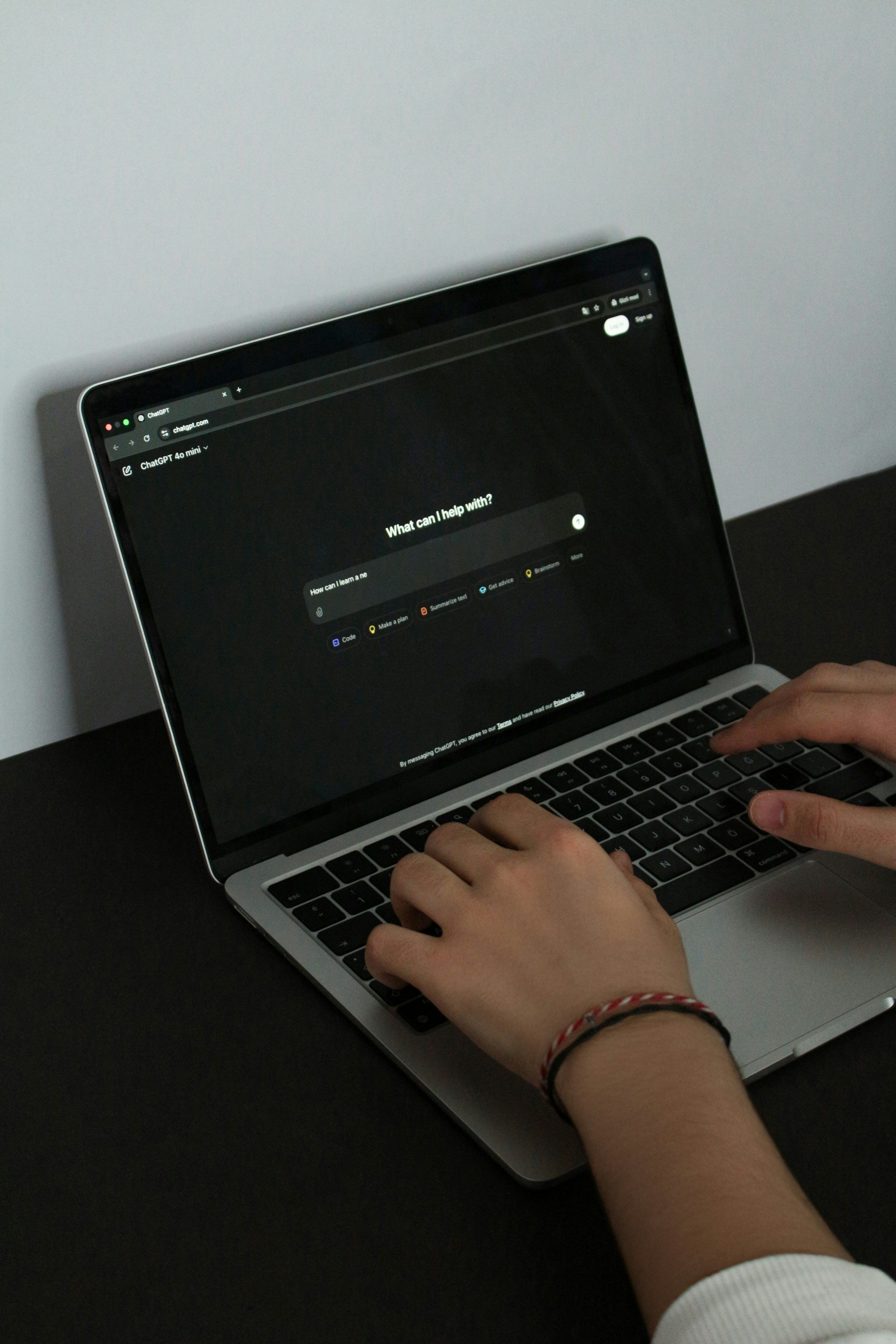What happened last week?
US
- Retailer updates delivered a split-screen view of the US consumer – thrifty at the bottom, cautious at the top.
Europe
- European defence stocks fell as peace talk headlines took the air out of the war trade.
UK
- The UK economy stayed stuck in limbo this week: inflation ticked up, but PMIs showed a flicker of hope.
China
- The Shanghai Composite hit its highest level in a decade, and is up 30% so far this year.
Why It Matters
US retailer earnings were a tale of two wallets. Walmart, Amazon, and TJX kept ringing up sales as shoppers chased bargains and snapped up essentials. Target, though, was sluggish, and Home Depot only scraped by with minimal gains as consumers put big-ticket projects on pause. Higher up the spending ladder, homebuilder Toll Brothers and cosmetics maker Estée Lauder warned that even affluent spenders are letting their credit cards cool. If that trend sticks, the gap between the “have” and “have-not” stock plays could narrow: value-focused names could continue to hold steady, while luxury and discretionary get cut down a notch.
European defence stocks briefly slipped about 6% last week, as headlines hinted at progress in talks over Ukraine and Gaza. But the dip was short-lived and the shares – including Rheinmetall and Saab – are still going for more than double what they were at the beginning of the year. And that can hardly be a surprise: Europe’s in the throes of a multiyear defence spending boom that will drive sustained sales across the industry.
Consumer prices continued to act up in the UK – jumping 3.8% in July, quicker than June’s 3.6% pace. And that’s left Britain’s inflation rising at a far speedier pace than in Europe (2%) or the US (2.7%). Now, the Bank of England could try to tamp down those increases by keeping interest rates higher for longer (or jacking them up from today’s levels), but doing so would risk dragging down the country’s already sluggish economy.
China’s stock market hopped back into the spotlight, with the Shanghai Composite hitting its highest level in a decade. The index has climbed 30% this year (20% just since April). Foreign investors and retail investors everywhere have been flocking to its shares – with their fingers crossed about the potential for new government stimulus and market-friendly financial reforms.
The Focus This Week: Trillion-Dollar Earnings Update
Nvidia reports earnings on Wednesday – and the timing couldn’t be more awkward. OpenAI’s Sam Altman just warned that investors diving into AI without doing the math could get “very burnt”. Then came an MIT study saying that although companies have rushed to adopt AI, most have nothing to show for it. Pretty grim. So Nvidia’s stock dipped just last week, and the broader tech sector looked shaky too – until later in the week anyway, when the Federal Reserve chair suggested that a September interest rate cut is by no means out of the question. Now, not to sound overly dramatic about things, but Nvidia’s update could reveal exactly how investors feel about the whole AI trade.
Nvidia now accounts for nearly 8% of the S&P 500. And that makes this AI stock a mood board of risk appetite, too. And sure, the chipmaker’s been beating expectations every quarter since the start of the AI boom, but those “beats” have been getting slimmer and slimmer – down to 2.2% recently, from 5.8% last year. At the same time, the options market is pricing in a swing of plus or minus 7% or 8%, which tells you how jumpy investors are. So yeah, the expectations are at the ceiling, and the room for disappointment is… let’s just say, spacious.
Here’s what to watch when the earnings report drops: Blackwell, China, margins, and hyperscaler spending.
– Blackwell chips are Nvidia’s next big thing, with demand strong enough to account for 80% of high-end graphics processing unit (GPU) shipments this year. Its performance could be up to 40x better than its Hopper predecessor. Now, supply’s still tight, but that should ease before the end of the year, which could lift margins.
– China’s a wildcard: US export bans may have cost Nvidia $8 billion in second-quarter sales. And though the firm’s planning to release a regulation-friendly Blackwell chip next month, that might not save the day. New US export curbs are still possible, China is boosting its support for domestic rivals like Huawei and Cambricon, and Chinese firms like DeepSeek are optimizing for chips made at home.
– Margins dropped to 60.5% in the first quarter, but they could bounce back toward 75% if Blackwell ramps smoothly.
– And hyperscaler capex – the big-budget AI infrastructure spending from the likes of Microsoft and Amazon – is forecast to hit $335 billion next year. If that stumbles – even a little – Nvidia’s growth story (and the whole AI trade) may start to seem a bit unstable.


The Week Ahead
- Monday: Germany Ifo business climate (August).
- Tuesday: US durable goods orders (July).
- Wednesday: Germany consumer confidence. Earnings: Nvidia, CrowdStrike, HP, Snowflake.
- Thursday: Nothing major.
- Friday: Japan consumer confidence (August), France, Italy and Germany inflation (August), US PCE inflation (July). Earnings: Alibaba.
This document is provided to you for your information and discussion purposes only. It is not a solicitation for business or an offer to buy or sell any security or other financial instrument. Any information including facts, opinions, or quotations, may be condensed or summarised and are expressed as of the date of writing. The information may change without notice and Trusted Novus Bank (“TNB”) is under no obligation to ensure that such updates are brought to your attention. Past performance is not a guide to future performance.
